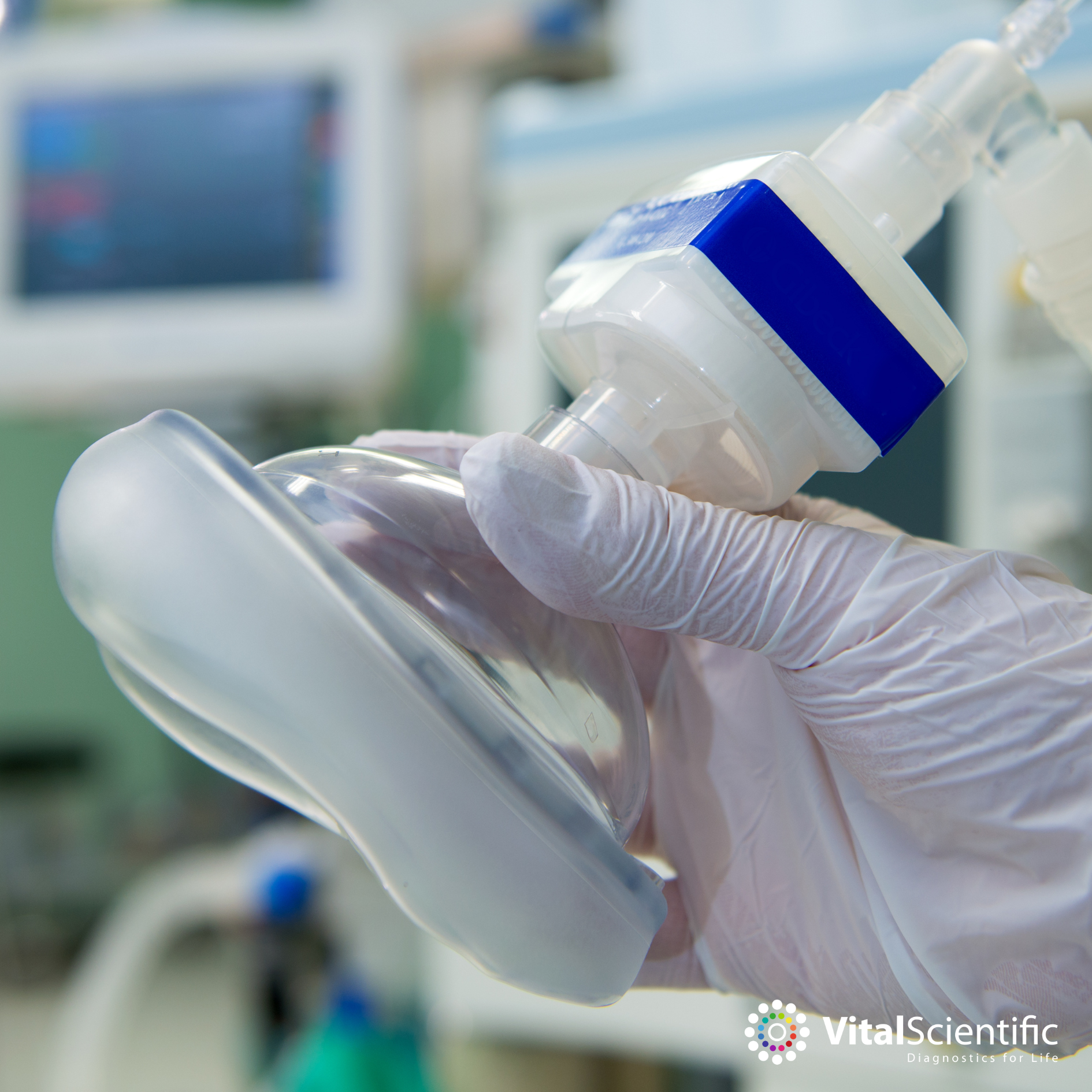Why measure creatinine?
Chronic Kidney Disease (CKD) is on the increase globally due to the growing prevalence of diabetes mellitus, hypertension, obesity, and aging. CKD has been recognized as a leading public health problem worldwide, affecting about 13.4% (11.7-15.1%) of the population (1). To indicate the excretory kidney function and possible severity of CKD, creatinine is utilized to calculate an estimated Glomerular Filtration Rate (eGFR). Furthermore, eGFR results are used clinically to stage the progression of renal disease.
What are the challenges of the traditional Kinetic Jaffe (KJ) method?
The traditional Kinetic Jaffe (KJ) method has been used in clinical chemistry to determine creatinine levels in blood and urine. However, the KJ method has many shortcomings that are well documented in various publications (2,3). The technique is subject to interference from biological and non-biological substances such as uric acid, glucose, ketones, ascorbic acid, cephalosporin, bilirubin, and a long list of other compounds that may be present in the patient sample. The non-specificity of the KJ method for creatinine can cause an artificially high creatinine result (3), and an incorrect result creates the risk of misclassification of patients with renal disease (4,5). The method also contains hazardous Picric Acid and is classified as such for shipping, which significantly adds to the laboratory’s costs.
What are the advantages of an enzymatic Creatinine reagent?
VitalScientific’s enzymatic Creatinine reagent overcomes many of the shortcomings of the KJ method, resulting in better accuracy and more reliable information for the clinician. Including enzymes in the reagent reduces the potential for interference and produces more accurate results. The measurable range is more expansive, up to 30 mg/dL, compared to the KJ method, which typically measures <20 mg/dL. VitalScientific’s enzymatic Creatinine also does not contain hazardous Picric Acid, and no costly shipping is involved in the process. The Creatinine PAP calibration is traceable to the ID-MS reference method, resulting in better traceability and precision.
For consistent, accurate, and reliable results on the VitalScientific Selectra Family of instruments, Selectra System Reagents, Calibrators, and Controls are recommended.
For more information, please visit our reagents page or contact us.
1. Lv JC, Zhang LX. Prevalence and Disease Burden of Chronic Kidney Disease. Adv Exp Med Biol. 2019;1165:3-15. doi: 10.1007/978-981-13-8871-2_1. PMID: 31399958.
2. Neil R Syme and others, Clinical and Analytical Impact of Moving from Jaffe to Enzymatic Serum Creatinine Methodology, The Journal of Applied Laboratory Medicine, Volume 5, Issue 4, July 2020, Pages 631–642, https://doi.org/10.1093/jalm/jfaa053
3. Schmidt RL, Straseski JA, Raphael KL, Adams AH, Lehman CM. A Risk Assessment of the Jaffe vs Enzymatic Method for Creatinine Measurement in an Outpatient Population. PLoS One. 2015 Nov 24;10(11):e0143205. doi: 10.1371/journal.pone.0143205. PMID: 26599086; PMCID: PMC4657986.
4. For a comprehensive review, refer to Peake, M and Whiting, M. Clin Biochem Rev. Vol 27, Nov 2006
5. Drion L et. al. BMC Nephrology 2012,h ttp://www.biomedcentral.com/1471-2369/13/133
Read more articles
Let us help you
For general inquiries or technical support, please use the link to the right. Click ‘Contact’ to complete a brief online form, and someone will be in touch with you soon.






